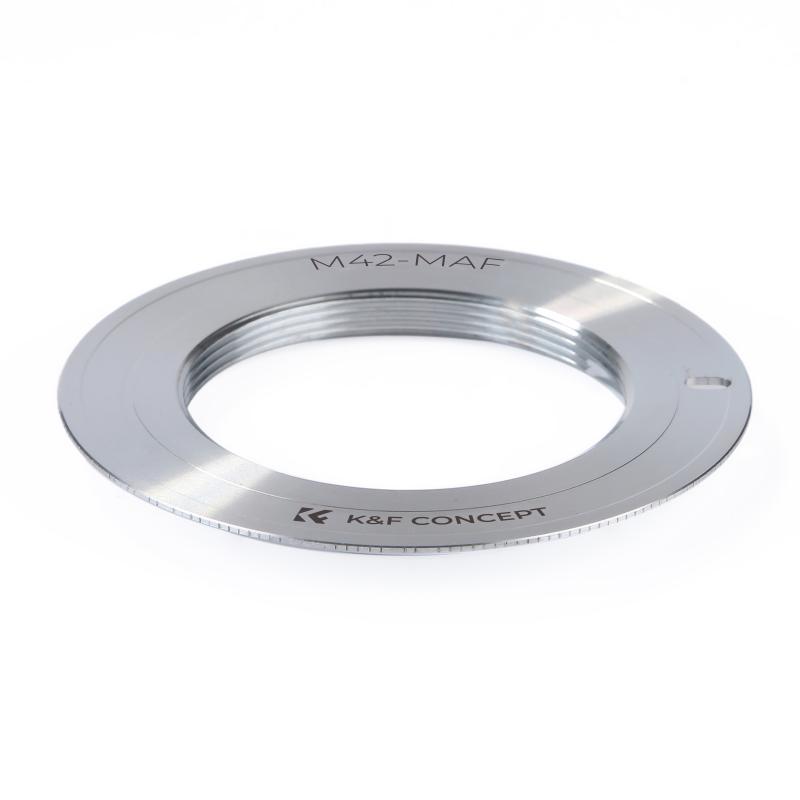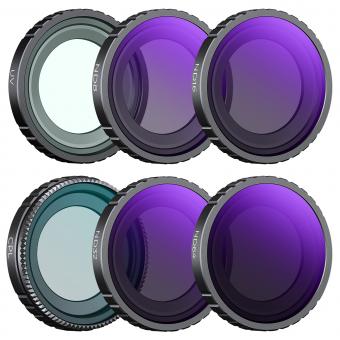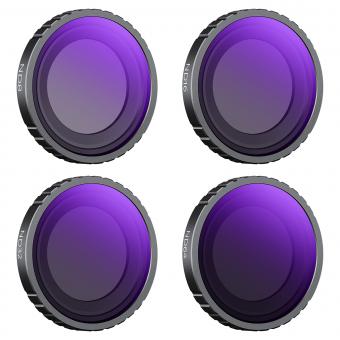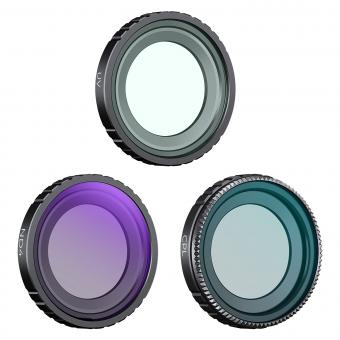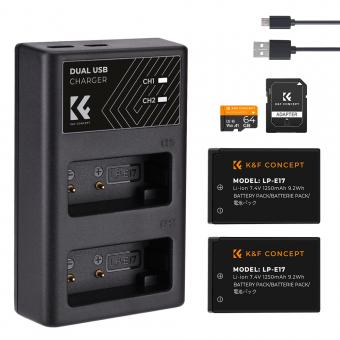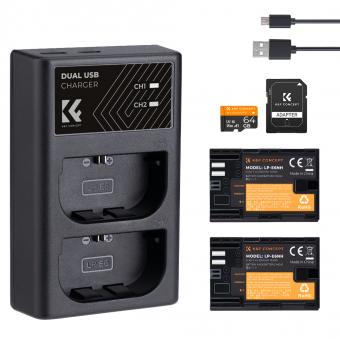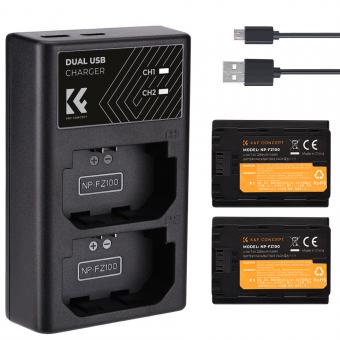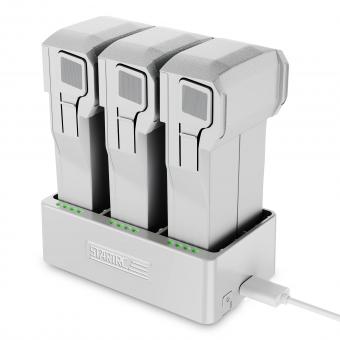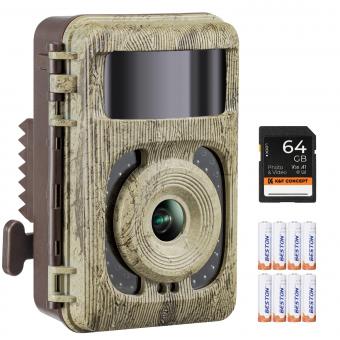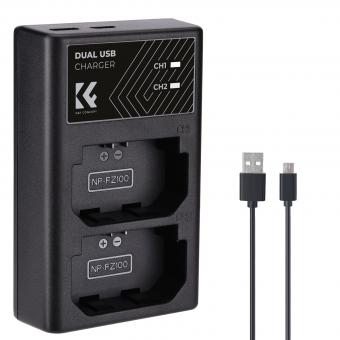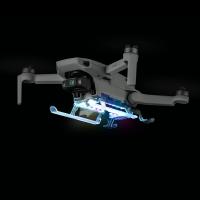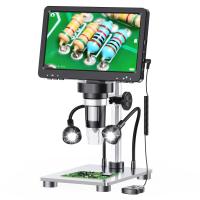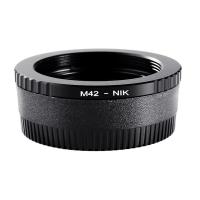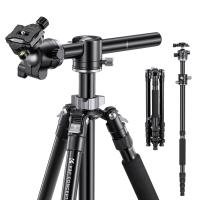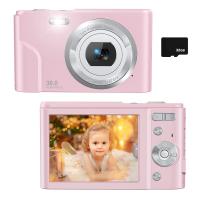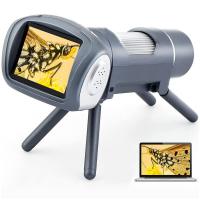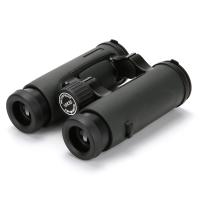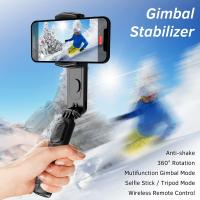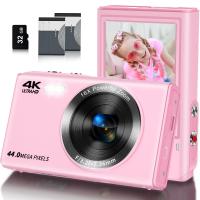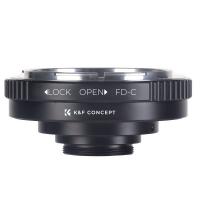Can Camera Batteries Go In Checked Luggage ?
Camera batteries are generally allowed in checked luggage, but it is recommended to carry them in your carry-on baggage instead. This is because lithium-ion batteries, commonly used in cameras, have the potential to overheat and catch fire if damaged or short-circuited. By keeping them in your carry-on, you can quickly respond to any potential issues. However, it is always advisable to check with your airline's specific regulations and guidelines regarding the transportation of batteries in checked luggage, as rules may vary.
1、 Airline Regulations: Camera Battery Restrictions in Checked Luggage
Airline regulations regarding camera batteries in checked luggage vary depending on the airline and the type of battery. In general, it is recommended to carry camera batteries in your carry-on luggage rather than checking them in. This is primarily due to safety concerns related to lithium-ion batteries, which are commonly used in cameras.
Lithium-ion batteries have the potential to overheat and catch fire if they are damaged or short-circuited. Therefore, many airlines have implemented restrictions on carrying these batteries in checked luggage to minimize the risk of fire in the cargo hold, where it may go unnoticed and be difficult to extinguish.
The Federal Aviation Administration (FAA) in the United States, for example, prohibits spare lithium-ion batteries from being packed in checked luggage. They must be carried in carry-on baggage and should be protected from damage by placing them in a plastic bag or covering the battery terminals with tape.
It is important to note that regulations can change, and it is always advisable to check with your specific airline for the most up-to-date information. Some airlines may have additional restrictions or requirements, such as limiting the number of spare batteries or requiring them to be individually protected.
In recent years, there have been incidents involving lithium-ion batteries causing fires on airplanes, which has prompted stricter regulations and increased awareness of the potential risks. Therefore, it is crucial to follow the guidelines provided by the airline to ensure the safety of all passengers and crew.
In summary, while regulations may vary, it is generally recommended to carry camera batteries in your carry-on luggage rather than checking them in. This helps to minimize the risk of fire and ensures that any potential issues can be addressed promptly.
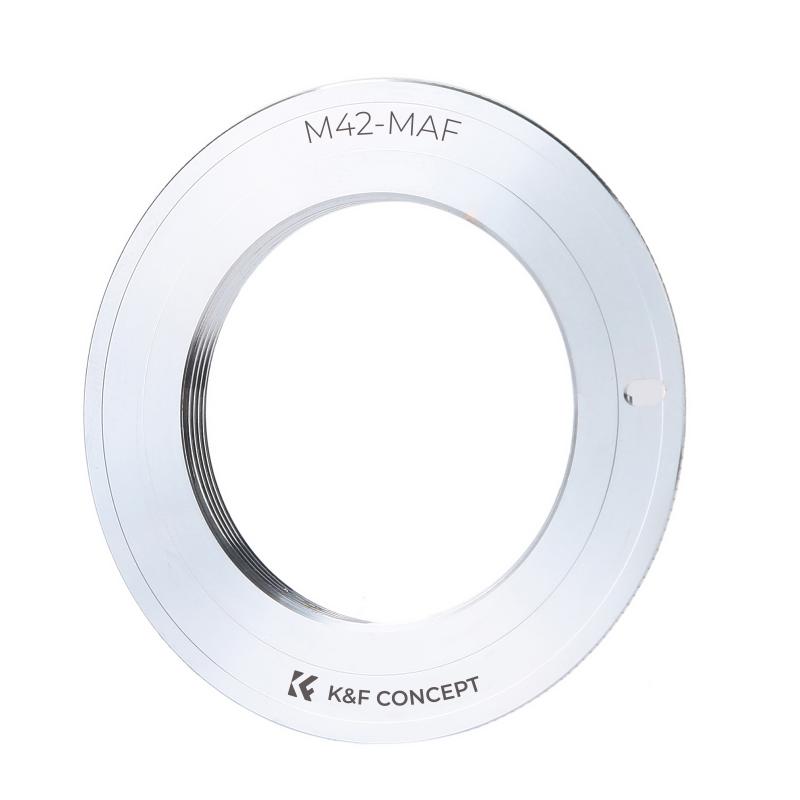
2、 Lithium-ion Batteries: Safe Handling and Transportation Guidelines
According to the guidelines provided by the International Air Transport Association (IATA) in their document "Lithium-ion Batteries: Safe Handling and Transportation Guidelines," camera batteries that are lithium-ion based are generally not allowed in checked luggage. This is due to the potential fire hazard associated with lithium-ion batteries.
Lithium-ion batteries are commonly used in electronic devices, including cameras, due to their high energy density. However, they can pose a safety risk if not handled properly. In the guidelines, IATA recommends that spare lithium-ion batteries should be carried in carry-on baggage rather than checked luggage. This is because the cabin crew can quickly respond to any potential incidents that may arise from these batteries.
The guidelines also state that spare lithium-ion batteries should be individually protected to prevent short circuits. This can be done by placing them in their original packaging, placing electrical tape over the battery terminals, or placing each battery in a separate plastic bag. It is also important to ensure that the batteries are not loose and are securely packed to prevent movement during transportation.
It is worth noting that these guidelines are subject to change, and it is always recommended to check with the airline you are traveling with for their specific regulations regarding lithium-ion batteries. Additionally, some countries may have their own regulations regarding the transportation of lithium-ion batteries, so it is important to be aware of these requirements as well.
In conclusion, camera batteries that are lithium-ion based are generally not allowed in checked luggage due to safety concerns. It is advisable to carry them in your carry-on baggage, following the guidelines provided by IATA and any additional regulations set by the airline and country you are traveling to.
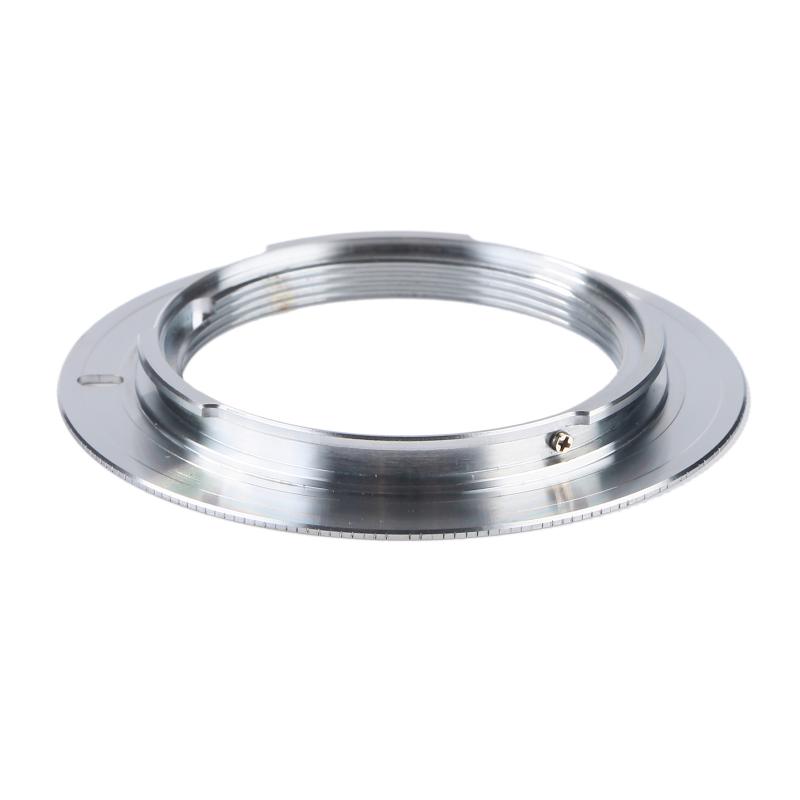
3、 TSA Guidelines: Can Camera Batteries be Checked in Luggage?
TSA Guidelines: Can Camera Batteries be Checked in Luggage?
According to the Transportation Security Administration (TSA) guidelines, camera batteries are generally allowed in both carry-on and checked luggage. However, there are certain restrictions and precautions that need to be followed to ensure the safety of passengers and crew.
As of the latest information available, lithium-ion camera batteries, which are commonly used in digital cameras, are permitted in both carry-on and checked bags. However, it is recommended to pack them in your carry-on luggage whenever possible. This is because lithium-ion batteries have a higher risk of fire when damaged or short-circuited, and having them in the cabin allows for a quicker response in case of an incident.
If you choose to pack camera batteries in your checked luggage, it is important to take some precautions. The TSA advises placing each battery in a separate plastic bag or protective case to prevent contact with other metal objects, which could potentially cause a short circuit. Additionally, it is recommended to tape over the battery terminals or use the original packaging to further protect them.
It is worth noting that regulations and guidelines can change, so it is always a good idea to check the latest information on the TSA website or contact your airline directly before traveling. Airlines may have their own specific rules regarding the transportation of camera batteries, so it is important to be aware of any additional restrictions they may have in place.
In summary, camera batteries can generally be placed in both carry-on and checked luggage, but it is advisable to pack them in your carry-on whenever possible. Following the TSA guidelines and taking necessary precautions will help ensure a safe and hassle-free journey.
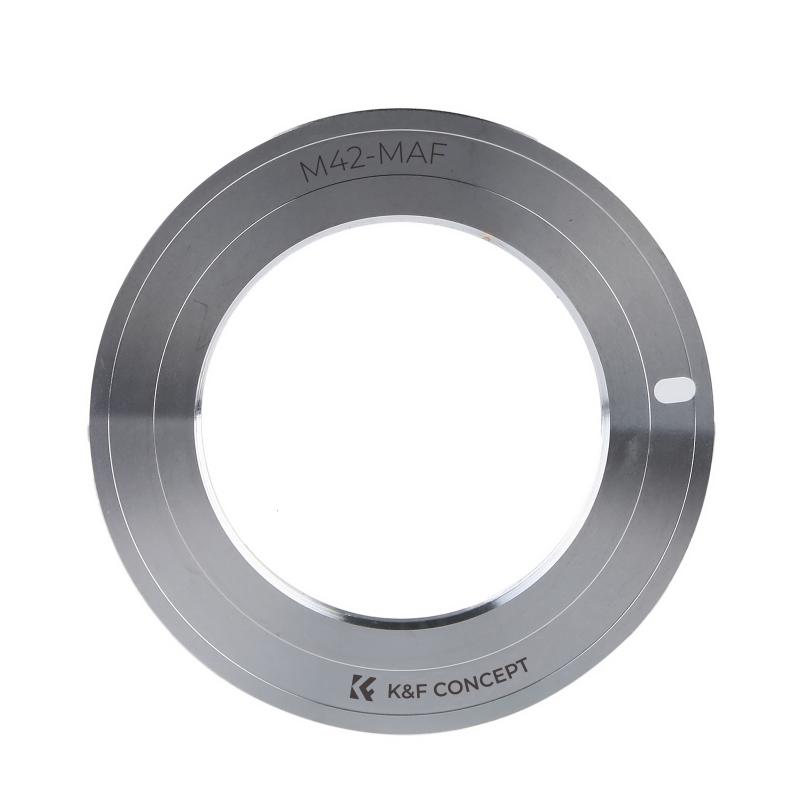
4、 International Travel: Rules for Carrying Camera Batteries in Checked Bags
According to the latest guidelines for international travel, camera batteries are generally allowed in checked luggage, but there are some important considerations to keep in mind. The International Air Transport Association (IATA) advises that spare lithium-ion camera batteries should ideally be carried in carry-on baggage rather than checked luggage. This is because lithium-ion batteries have the potential to overheat and catch fire if they are damaged or short-circuited.
However, if you must pack camera batteries in your checked luggage, there are a few precautions you should take. Firstly, ensure that the batteries are properly installed in the camera or have their terminals covered with tape to prevent accidental short-circuiting. It is also recommended to pack the batteries in a protective case or plastic bag to minimize the risk of damage.
It's important to note that regulations regarding camera batteries may vary between airlines and countries. Some airlines may have stricter rules in place, such as limiting the number of spare batteries that can be carried or requiring them to be individually wrapped. Therefore, it is always advisable to check with your airline or consult their website for the most up-to-date information before your trip.
In conclusion, while camera batteries can generally be packed in checked luggage for international travel, it is recommended to carry them in your carry-on baggage whenever possible. Taking necessary precautions, such as properly installing the batteries or covering their terminals, can help ensure a safe journey.
